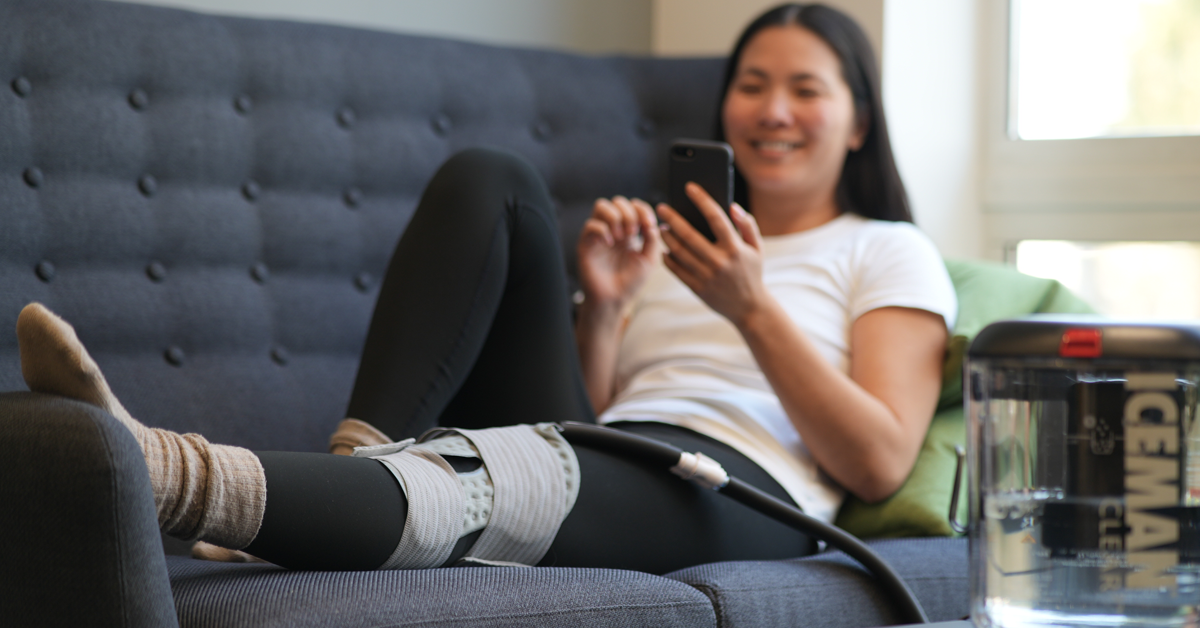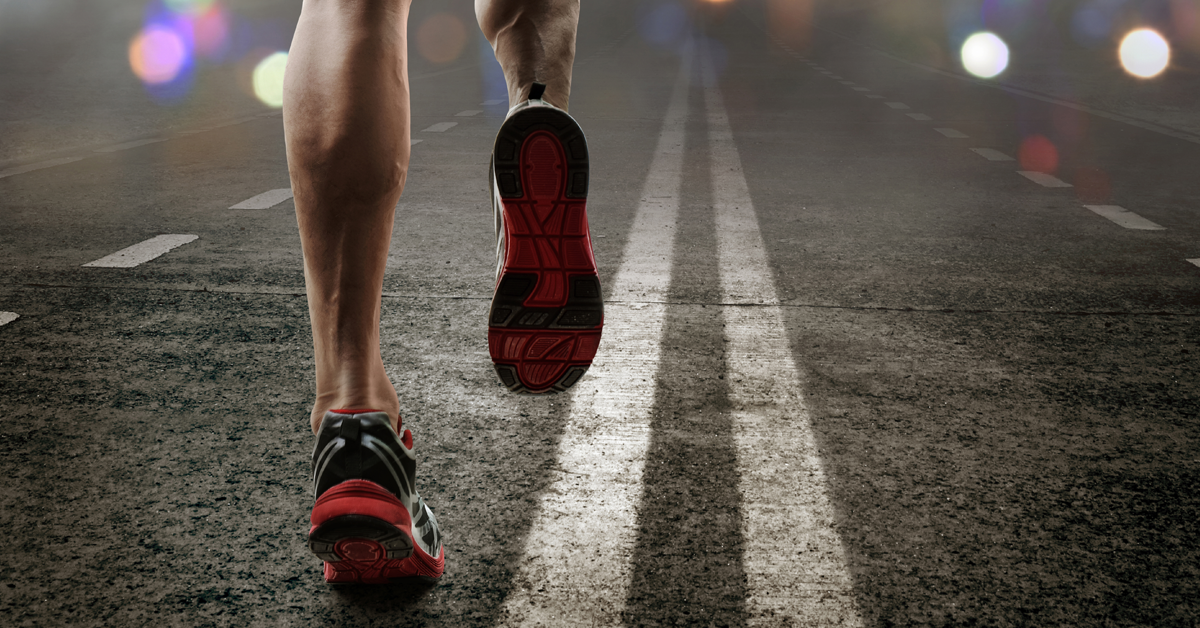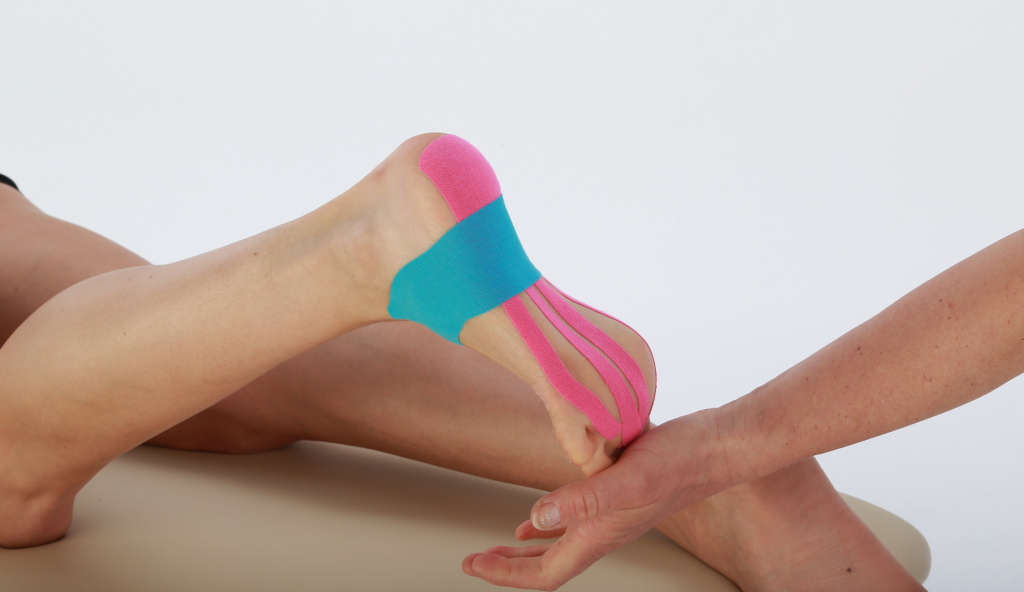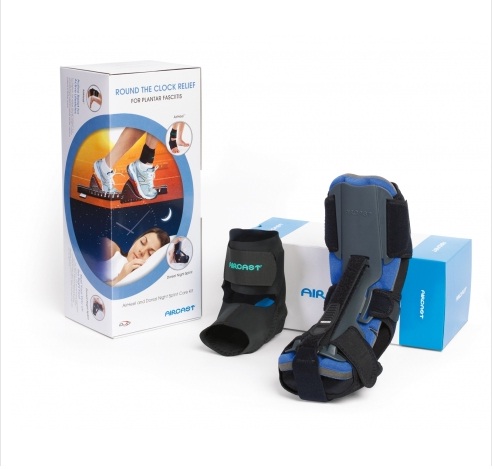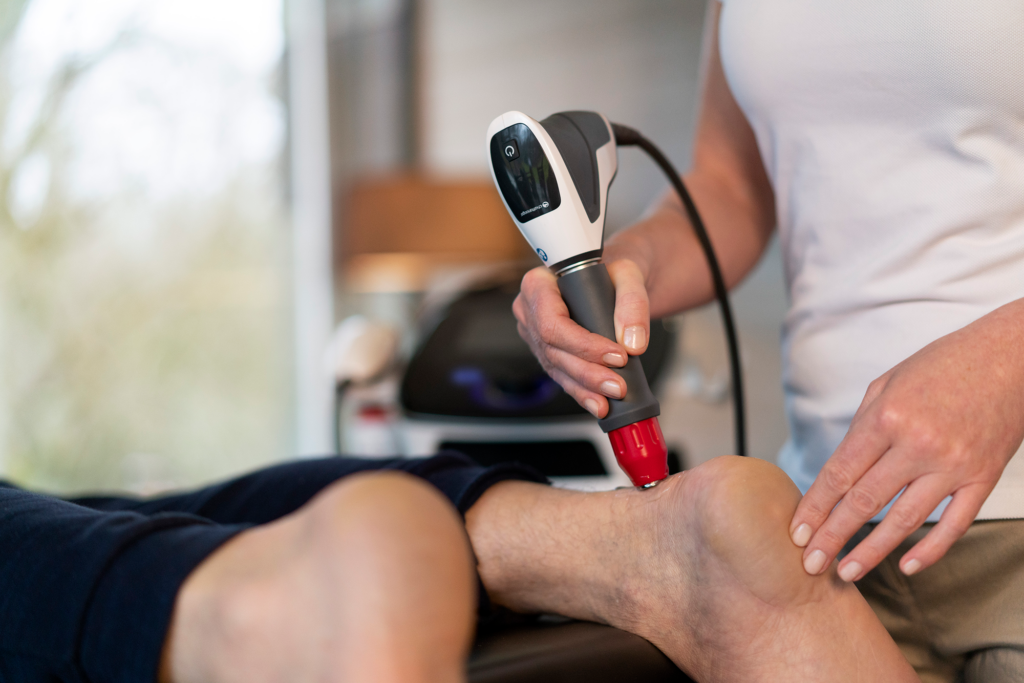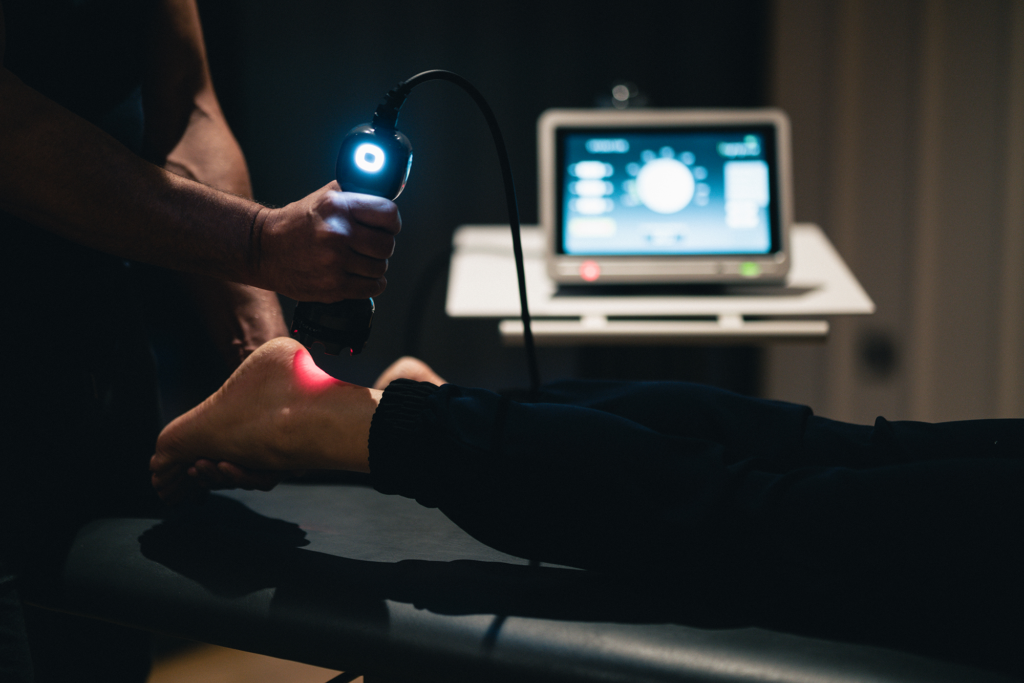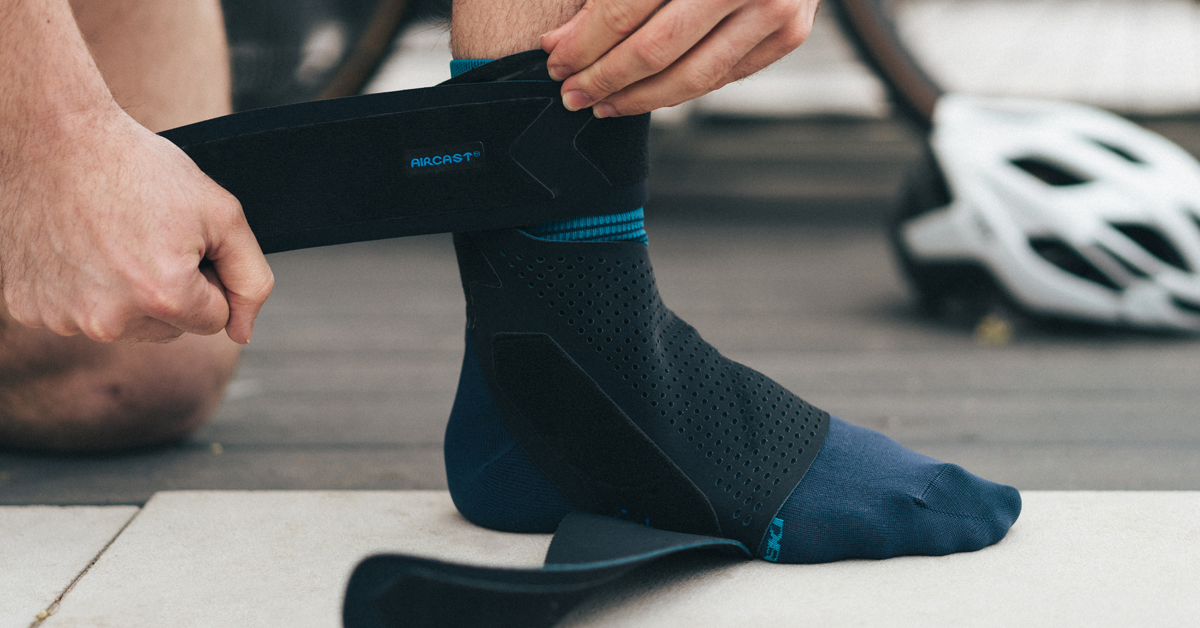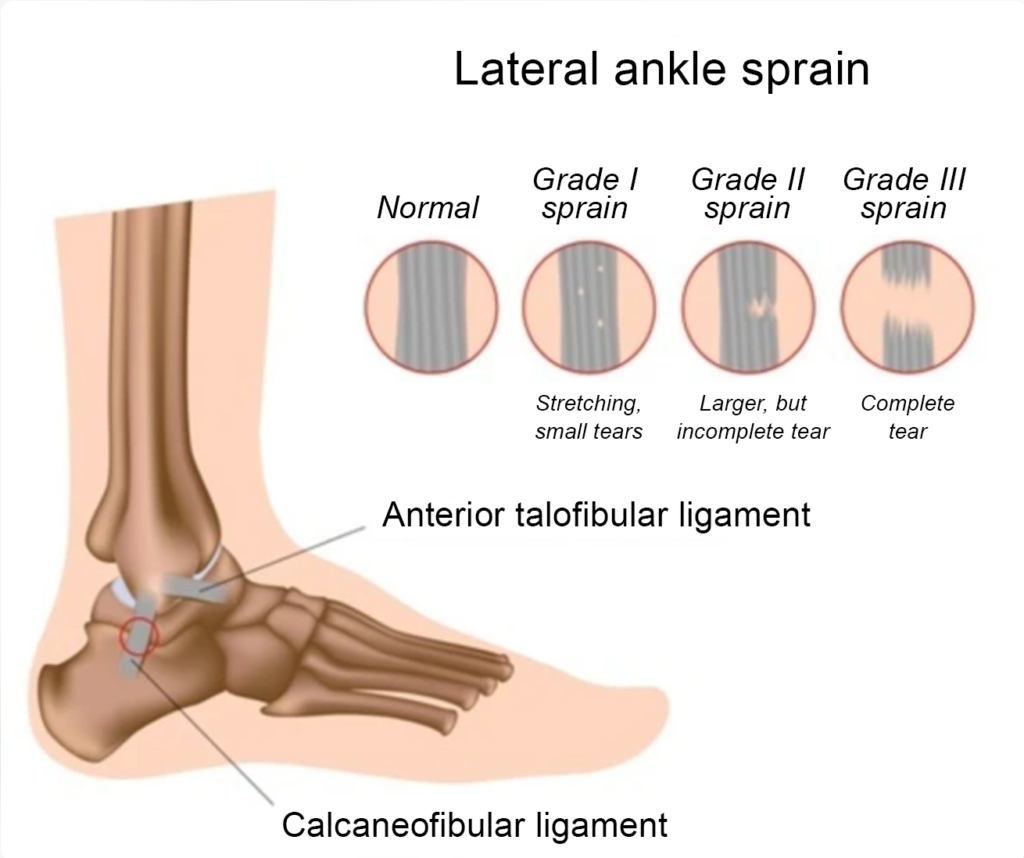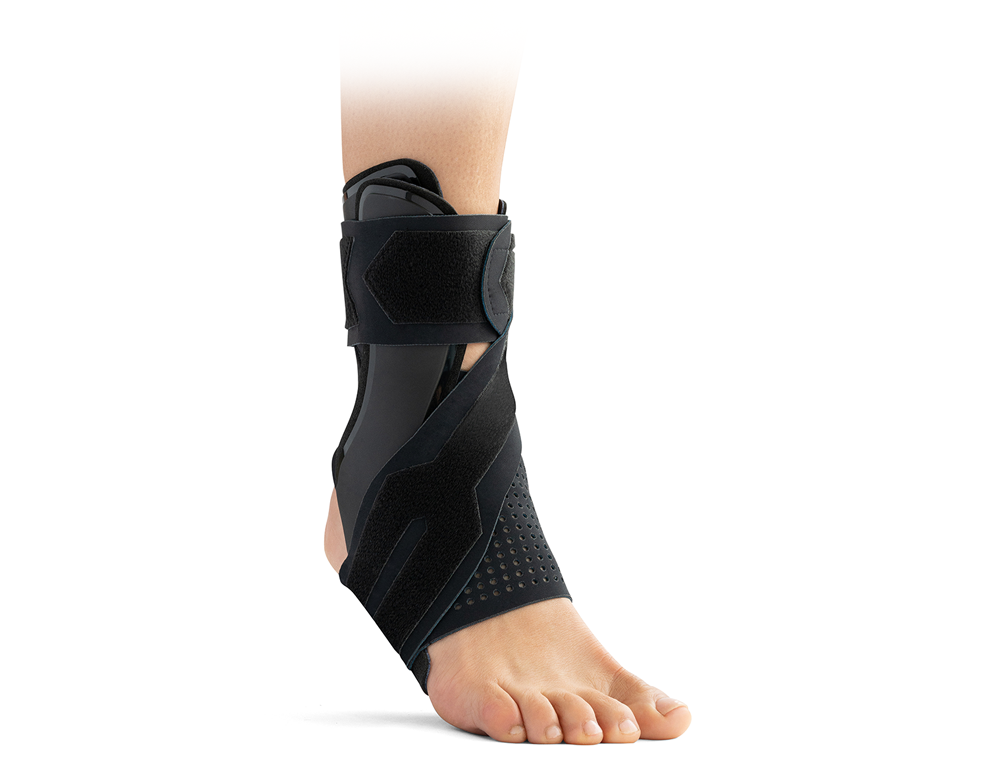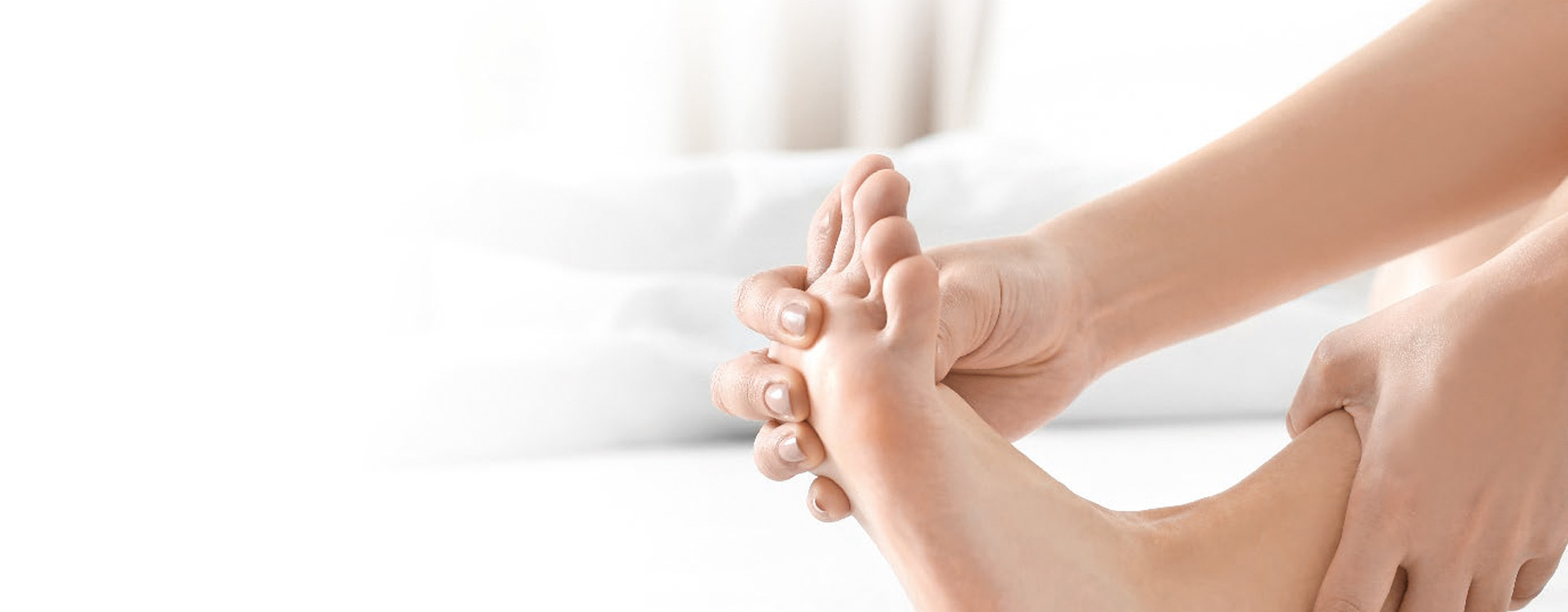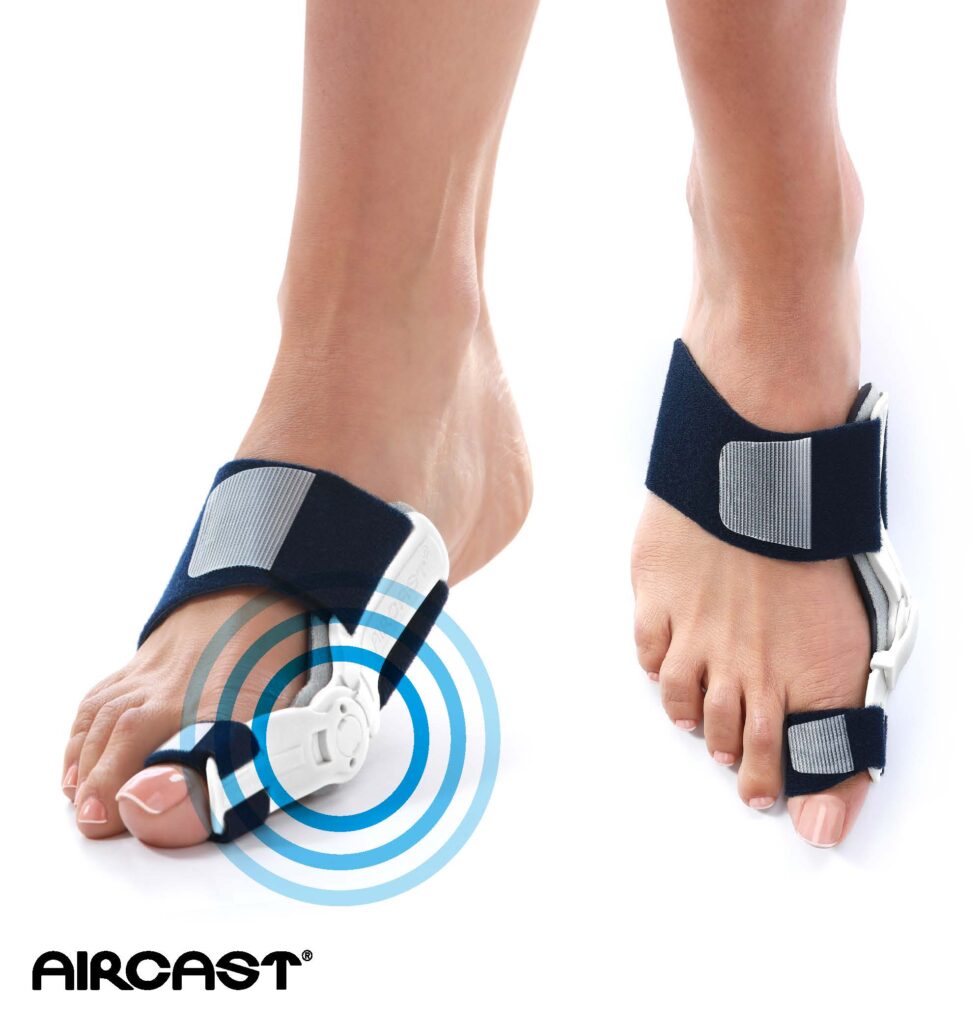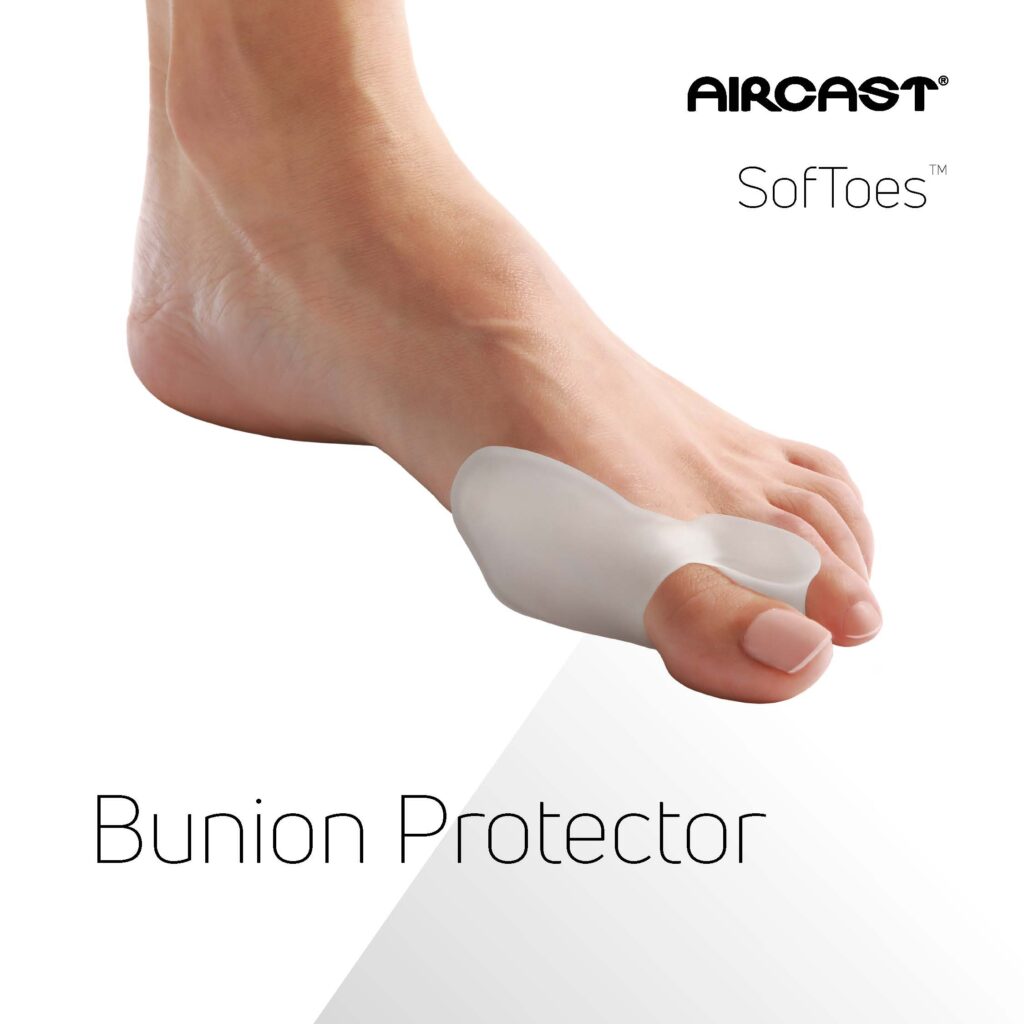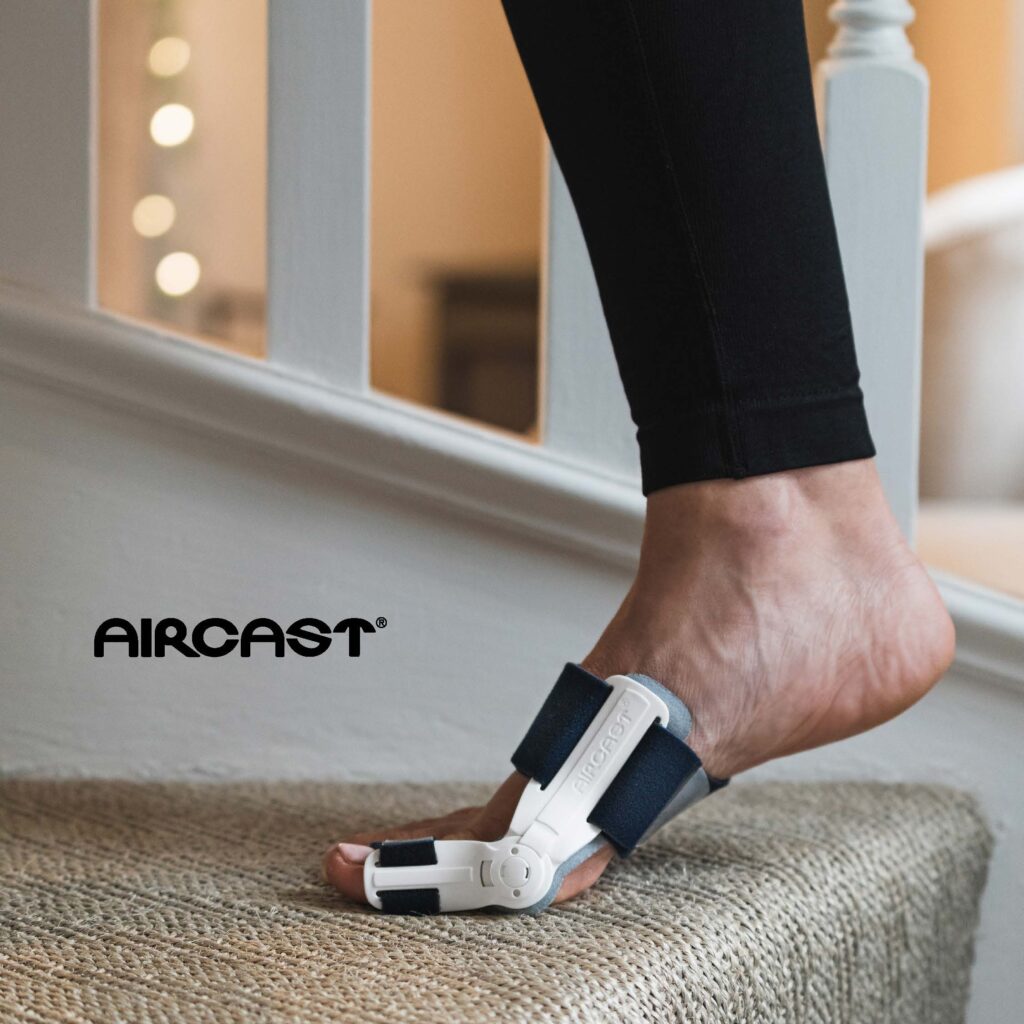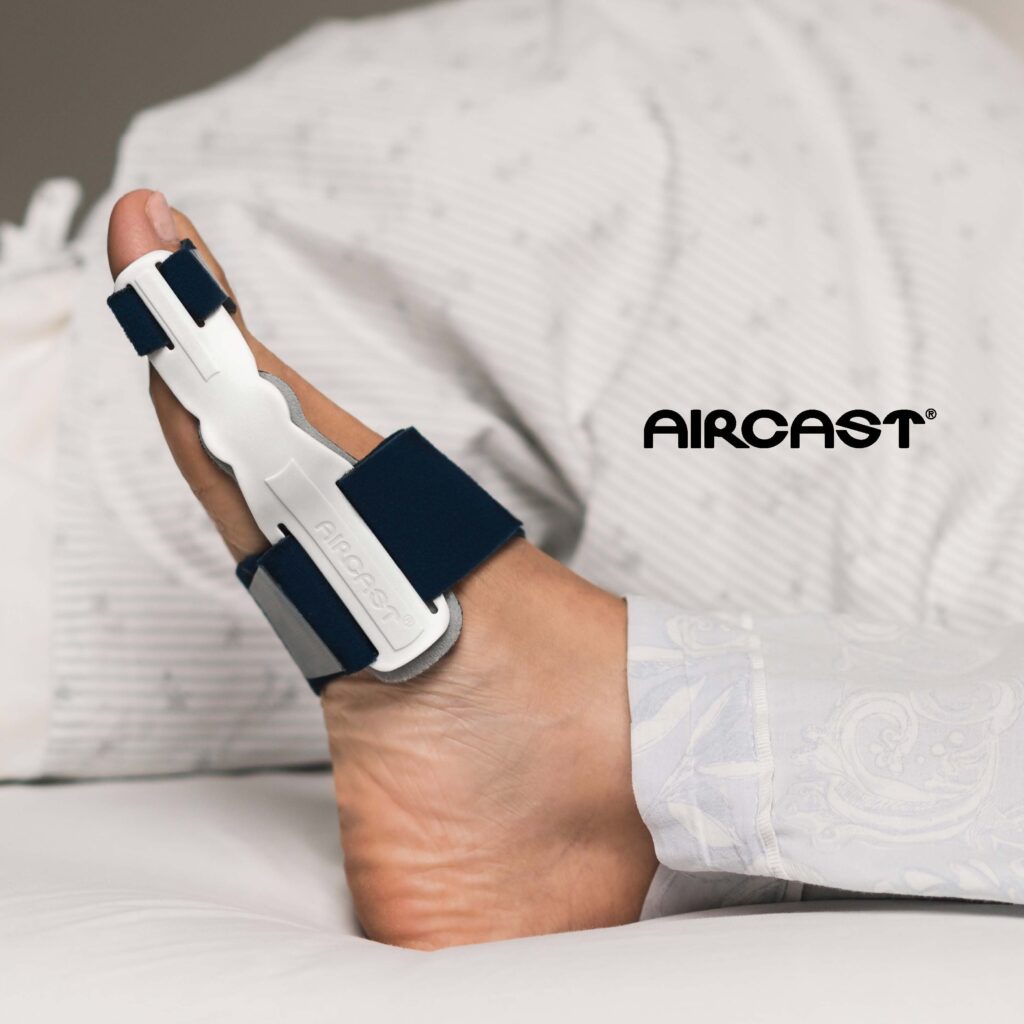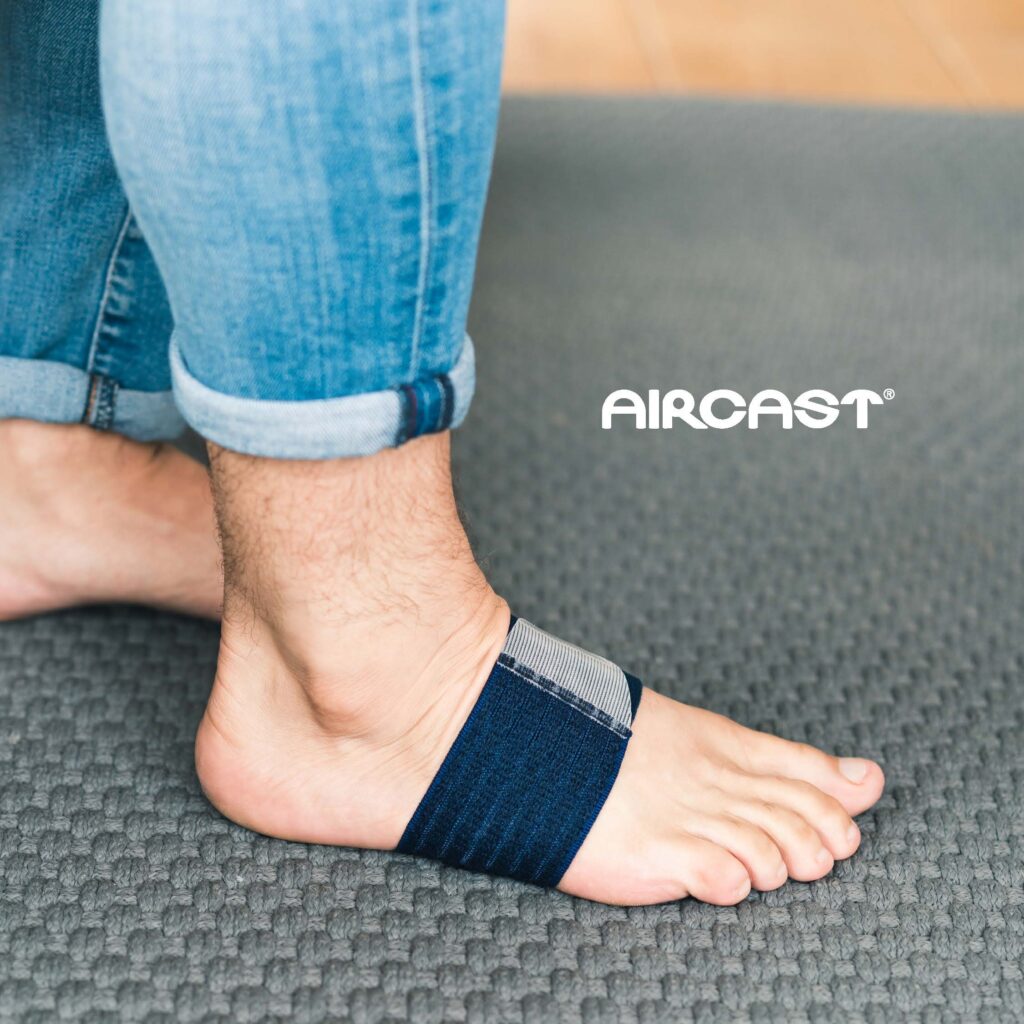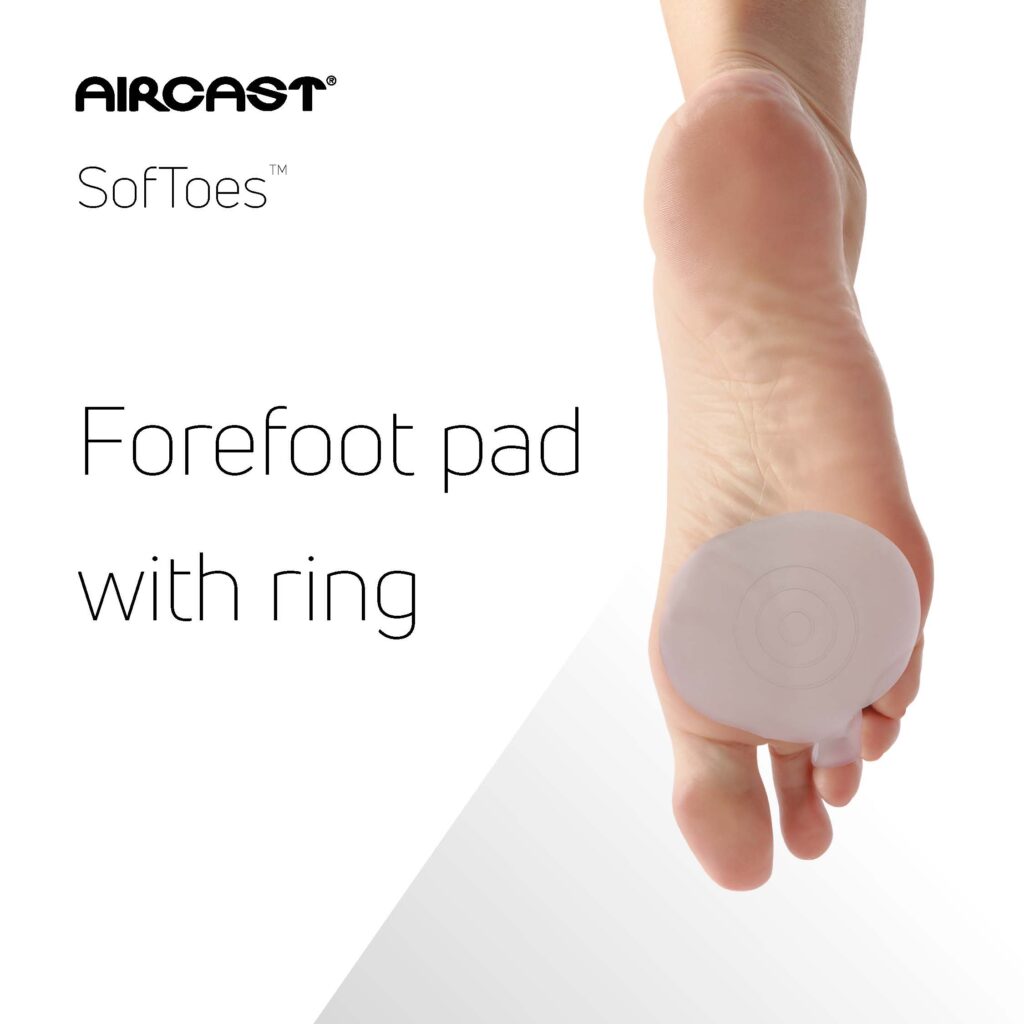Effective post-operative recovery following knee surgeries represents a significant challenge for healthcare providers as well as their patients. Procedures such as total knee arthroplasty (TKA), anterior cruciate ligament (ACL) reconstruction, and arthroscopic interventions require comprehensive recovery protocols to ensure optimal outcomes. Among the various supportive modalities available, cold therapy and compression have emerged as approaches worthy of consideration within orthopedic recovery protocols.
This article aims to summarize the current clinical evidence surrounding cold therapy and compression techniques in post-operative knee recovery and provide insights for healthcare professionals seeking to enhance patient care following these common orthopedic procedures.
The Clinical Challenge: Pain, Swelling, and Rehabilitation
Post-operative knee patients commonly face several challenges that can impede their recovery trajectory. Inflammation at the surgical site often leads to significant pain, which may limit mobility and delay rehabilitation milestones. Additionally, many patients develop a reliance on pain medications, particularly opioids, which carries risks of dependence and side effects.
These complications underscore the importance of implementing effective, low-risk adjunctive therapies that can support recovery, potentially reduce medication requirements, and improve overall patient outcomes. As healthcare providers continue to refine recovery protocols, evidence-based approaches to managing these challenges become increasingly valuable.
What the Research Shows: A Summary of Key Studies
Studies supporting cold therapy after Total Knee Arthroplasty (TKA)
Several studies support the application of cold therapy following total knee arthroplasty.
In a 2015 study by Bech et al.1, it was found that although there was no additional benefit of using the DonJoy Iceman over ice bags for pain reduction, TKA patients using the device were significantly more satisfied, used the device more consistently, day and night, and were more likely to recommend this method of cooling.
In 2006, Kullenberg et al.2 demonstrated that the Aircast Cryo/Cuff achieved better pain control, ROM improvement, and shorter hospital stays amongst 86 patients undergoing TKA than with epidural analgesia, NSAIDs, and opioids.
Holmström et al. (2005)3 found that Aircast Cryo/Cuff is a viable alternative for pain management following TKA, as it was shown to be as effective as epidural anesthesia for pain reduction, while also being well tolerated, non-invasive, and risk-free.
In a meta-analysis of studies on cold therapy for pain in total knee replacement patients, Yildiz et al. (2024)4 found that the application of cryotherapy was important in relieving patients’ pain, reducing it by a factor of 2.9.
Studies supporting cold therapy after ACL reconstruction
There is good evidence to support the use of cold therapy following anterior cruciate ligament (ACL) reconstruction.
In their 2022 study, Yonetani et al.5 found that film dressing enhanced the effect of the Aircast Cryo/Cuff and Ice bags with respect to pain control immediately after ACL reconstruction surgery compared with traditional gauze dressing with elastic wrap.
Hart et al. (2014)6 demonstrated that after ACL reconstruction, patients with arthrogenic muscle inhibition AMI who received cryotherapy immediately before performing rehabilitation exercises experienced greater strength gains than those who performed cryotherapy or exercises alone.
Raynor et al.’s 2005 study7 showed that cryotherapy reduces post-operative pain significantly and being fairly inexpensive, easy to use, and satisfactory to patients, is therefore beneficial in the post-operative management of knee surgery.
Furthermore, Kotsifaki et al.’s 2023 study8 resulted in the publication of new Aspetar guidelines that recommended the use of cold and compression therapy, along with neuromuscular electronic stimulation (NMES) in the early rehab protocol of ACL reconstruction.
Studies supporting cold therapy after knee arthroscopy
According to these studies, knee arthroscopy is another procedure that can benefit from post-operative cold therapy.
In 2011, Stalman et al.9 found a significant decrease of knee temperature and associated pain and inflammation marker PGE2 with post-op Knee Cryo/Cuff application.
Martin et al.’s 2001 study10 showed a significant decrease of intraarticular temperature of the knee after arthroscopy with Aircast Cryo/Cuff application.
And Song et al.’s 201611 meta-analysis found that cold and compression is more beneficial for reduction of pain and swelling at the early post-operative period for knee surgery than cold alone.
Conclusion
The growing body of evidence surrounding cold therapy and compression for post-operative knee recovery provides healthcare professionals with valuable insights for enhancing patient care. Across multiple procedure types, research consistently demonstrates benefits in pain management and potentially decreased reliance on pharmacological interventions.
As a low-risk, cost-effective adjunct to established recovery protocols, cold therapy merits consideration within comprehensive rehabilitation approaches. This data may offer clinicians additional perspectives to consider when evaluating their current post-operative management approaches, with cold therapy and compression representing potential options within comprehensive rehabilitation frameworks.
By implementing evidence-based approaches to post-operative care, healthcare providers can continue to enhance recovery experiences and outcomes for knee surgery patients, supporting their journey toward restored function and improved quality of life.
Healthcare professionals interested in Enovis’s portfolio of cold therapy products can contact their local sales representative here.
References
- Bech M, Moorhen J, Cho M, Lavergne MR, Stothers K, Hoens AM. Device or ice: the effect of consistent cooling using a device compared with intermittent cooling using an ice bag after total knee arthroplasty. Physiother Can. 2015 Winter;67(1):48-55.
- Kullenberg B, Ylipää S, Söderlund K, Resch S. Postoperative cryotherapy after total knee arthroplasty: a prospective study of 86 patients. J Arthroplasty. 2006 Dec;21(8):1175-9.
- Holmström A, Härdin BC. Cryo/Cuff compared to epidural anesthesia after knee unicompartmental arthroplasty: a prospective, randomized and controlled study of 60 patients with a 6-week follow-up. J Arthroplasty. 2005 Apr;20(3):316-21.
- Yildiz T, Topcu O, Avcu C. The effect of cryotherapy on pain in patients with total knee replacement surgery: a meta-analysis. Acta Orthop Belg. 2024 Mar;90(1):123-129.
- Yonetani Y, Kurokawa M, Amano H, Kusano M, Kanamoto T, Tanaka Y, Horibe S. The Wound Dressing Influenced Effectiveness of Cryotherapy After Anterior Cruciate Ligament Reconstruction: Case-Control Study Comparing Gauze Versus Film Dressing. Arthrosc Sports Med Rehabil. 2022 Mar 8;4(3):e965-e968.
- Hart JM, Kuenze CM, Diduch DR, Ingersoll CD. Quadriceps muscle function after rehabilitation with cryotherapy in patients with anterior cruciate ligament reconstruction. J Athl Train. 2014 Nov-Dec;49(6):733-9.
- Raynor MC, Pietrobon R, Guller U, Higgins LD. Cryotherapy after ACL reconstruction: a meta-analysis. J Knee Surg. 2005 Apr;18(2):123-9.
- Kotsifaki R, Korakakis V, King E, Barbosa O, Maree D, Pantouveris M, Bjerregaard A, Luomajoki J, Wilhelmsen J, Whiteley R. Aspetar clinical practice guideline on rehabilitation after anterior cruciate ligament reconstruction. Br J Sports Med. 2023 May;57(9):500-514.
- Stålman A, Berglund L, Dungnerc E, Arner P, Felländer-Tsai L. Temperature-sensitive release of prostaglandin E₂ and diminished energy requirements in synovial tissue with postoperative cryotherapy: a prospective randomized study after knee arthroscopy. J Bone Joint Surg Am. 2011 Nov 2;93(21):1961-8.
- Martin SS, Spindler KP, Tarter JW, Detwiler K, Petersen HA. Cryotherapy: an effective modality for decreasing intraarticular temperature after knee arthroscopy. Am J Sports Med. 2001 May-Jun;29(3):288-91.
- Song M, Sun X, Tian X, Zhang X, Shi T, Sun R, Dai W. Compressive cryotherapy versus cryotherapy alone in patients undergoing knee surgery: a meta-analysis. Springerplus. 2016 Jul 13;5(1):1074.

